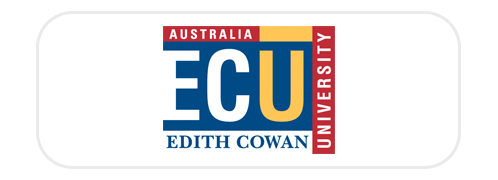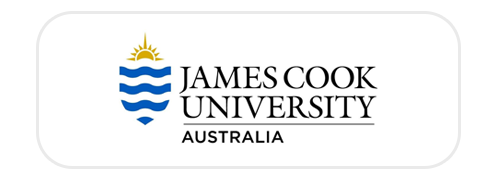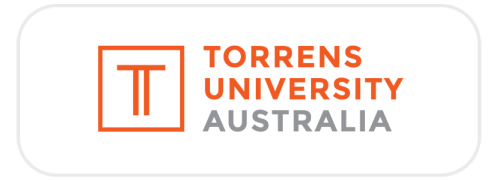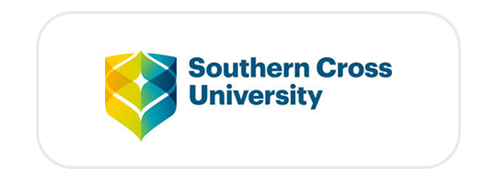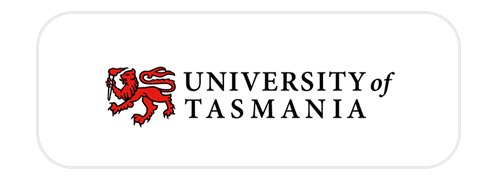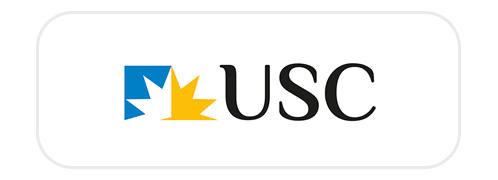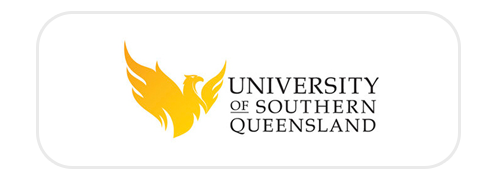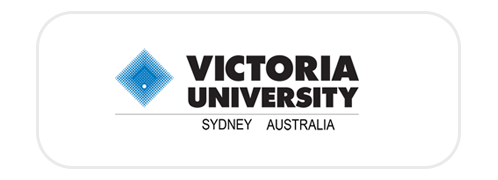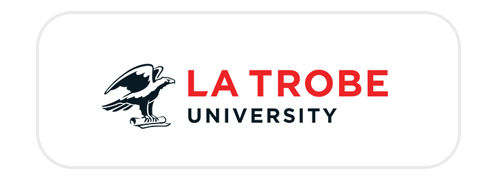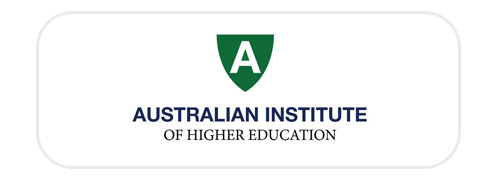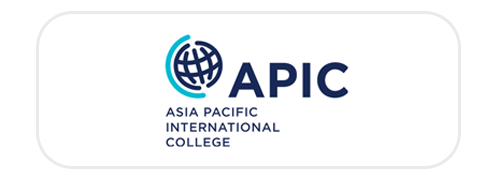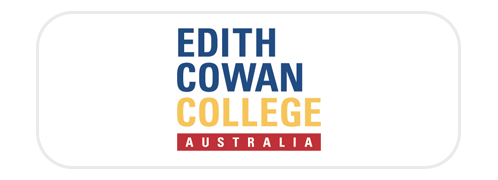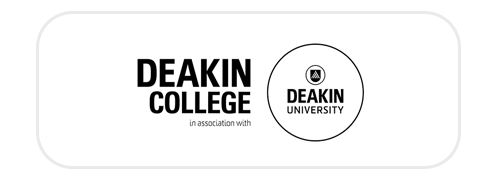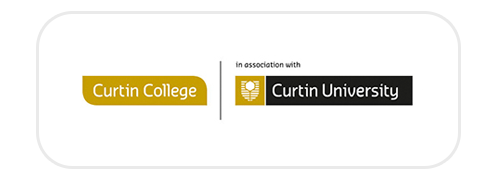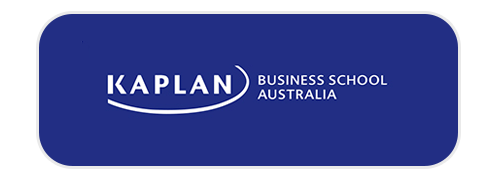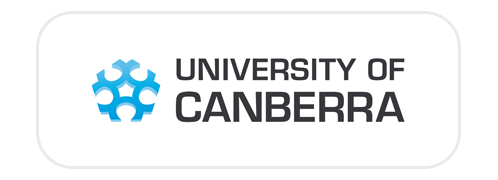Australia: Education System
Education in Australia encompasses the sectors of early childhood education (preschool) and primary education (primary schools), followed by secondary education (high schools), tertiary education (universities, TAFE colleges, and vocational education and training providers) and adult education (referred to as adult and community education or ACE). Regulation and funding of education is primarily the responsibility of the States and territories, however the Australian Government also plays a funding role.
Education in Australia is compulsory between the ages of four, five, or six and fifteen, sixteen or seventeen, depending on the State or territory and date of birth.
For primary and secondary education, government schools educate approximately 60 percent of Australian students, with approximately 40 percent in non-government schools.
Each state government manages the school system within their state and provides funding for their schools. Both public schools and private schools exist in each state. The curriculum taught in each state or school may vary but the learning areas are the same in all.
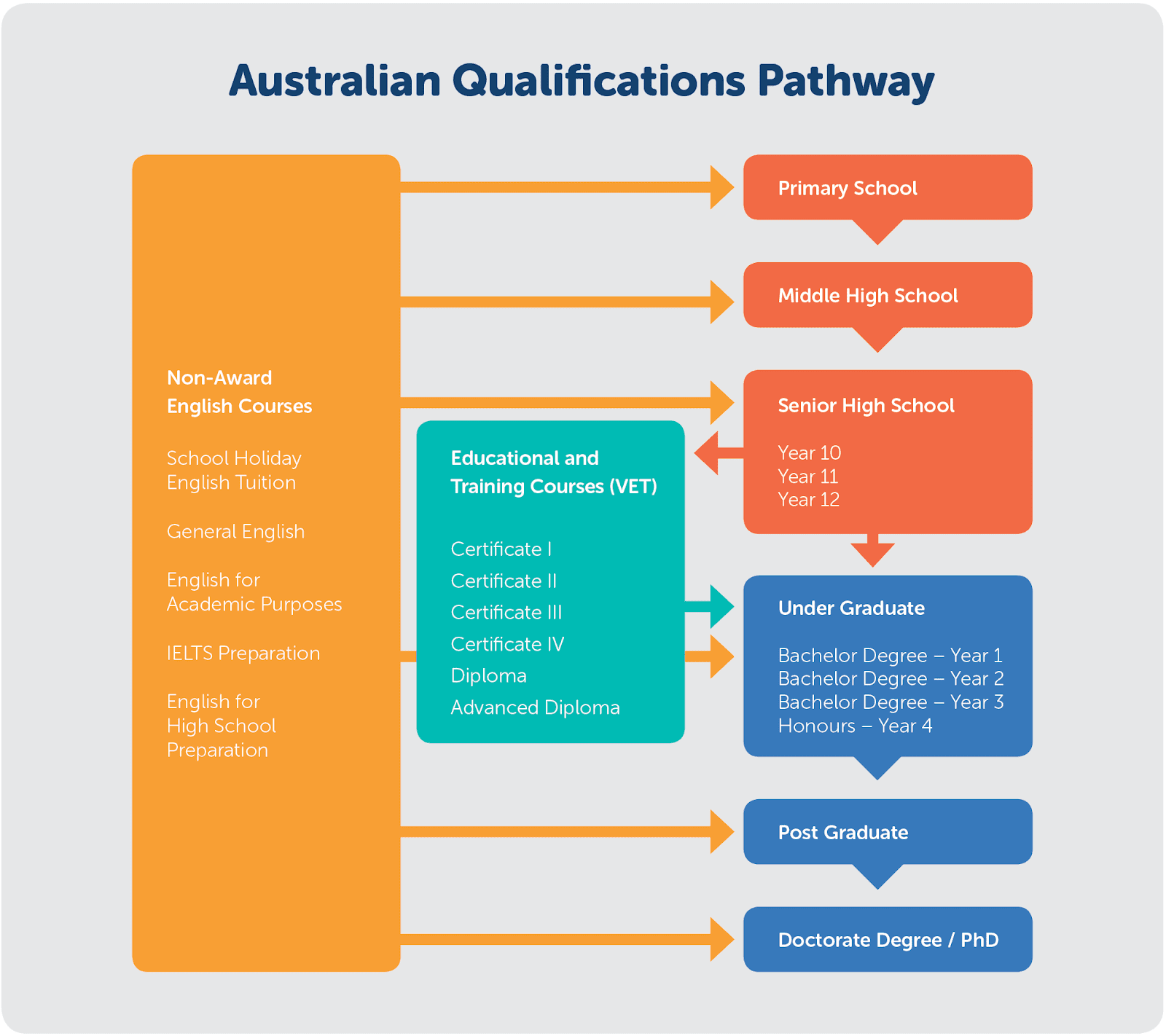
Vocational Education and Training (VET)
Australia has a Vocational Education and Training (VET) system. VET prepares people for work in a career that does not need a university degree. The national body ASQA regulates and manages the system and ensures consistent national standards. Typically, a VET course takes up to two years of study. In the workplace employers use agreed courses and outcomes to set standards of training for employment. Many parts of industry and business provide ongoing workplace training for their employees. Some of this training can count towards a qualification.
Universities
The national government provides the funding for universities in all the states. While each university is independent in its governance and can decide on which courses they want to offer and the course content, they are regulated by TEQSA. Typically, a university course takes three or four years of study.
Australia is a leading global provider of education to international students; and, after the United States and the United Kingdom, is ranked as the third-largest provider of international education. Australia has the highest ratio of international students per head of population in the world by a large margin, with 812,000 international students enrolled in the nation’s universities and vocational institutions in 2019.
Why Choose Us?
We are a dedicated team, striving to convert our students dream into reality. We always have been taking pride in being original, reliable and trustworthy. KIEC leaves no stone unturned in easing the study abroad process. Choose us and you will save your time and energy. We promise to keep holding your hand till you go beyond the horizon of success.


